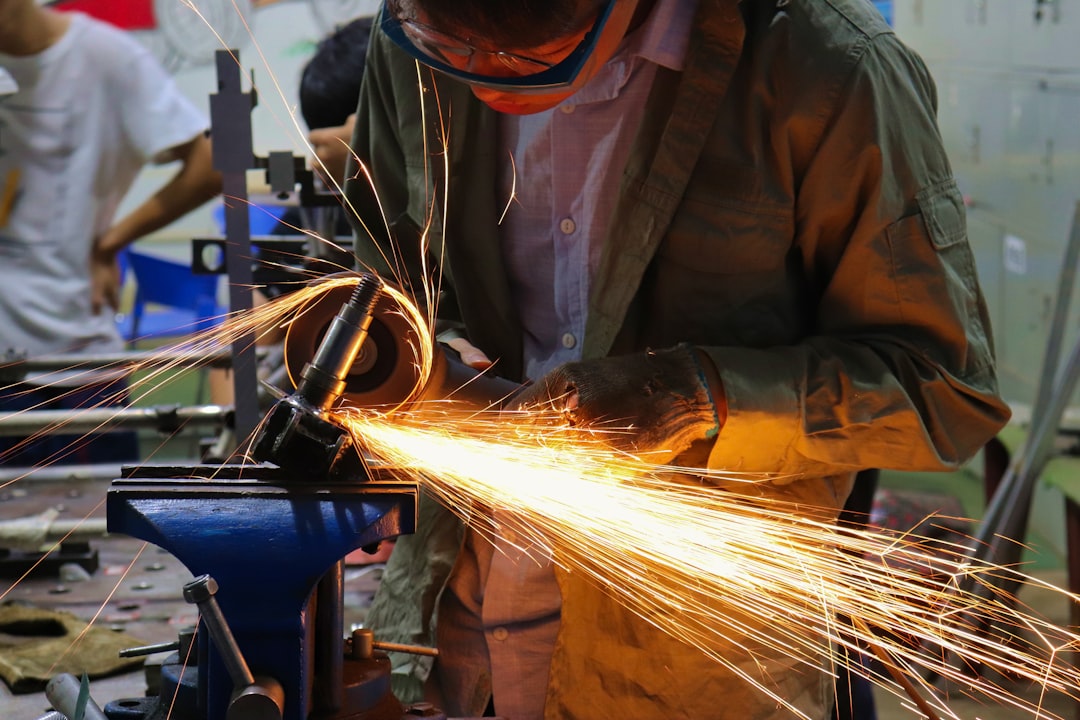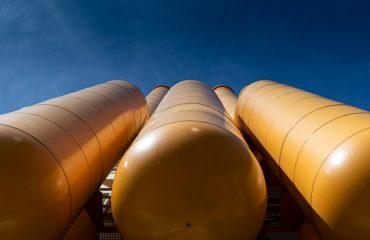The steel manufacturing industry is a cornerstone of modern infrastructure, but it’s also inherently dangerous. From the intense heat of furnaces to the heavy machinery and sharp materials, the potential for accidents is significant. This comprehensive guide explores the crucial aspects of occupational safety in steel manufacturing, aiming to highlight best practices and contribute to a safer working environment for all.
1. Identifying and Assessing Hazards in Steel Manufacturing
The first step towards a safer workplace is thorough hazard identification. Steel mills present a multitude of risks, broadly categorized as:
- Physical Hazards: These include extreme temperatures (both heat and cold), noise pollution, vibration, exposure to intense light, and the risk of falling from heights (particularly in elevated work areas like platforms and cranes).
- Chemical Hazards: Workers are exposed to various chemicals, including molten metal fumes, dust from raw materials (like iron ore and coal), and cleaning agents. These can cause respiratory problems, skin irritations, and other health issues. Proper ventilation and respiratory protection are crucial.
- Biological Hazards: While less prevalent than physical and chemical hazards, biological hazards can exist in areas with standing water or poor sanitation, potentially leading to infections.
- Ergonomic Hazards: Repetitive tasks, awkward postures, and forceful exertions can cause musculoskeletal disorders (MSDs) like carpal tunnel syndrome and back injuries. Ergonomic assessments and job redesign are essential to mitigate these risks.
- Mechanical Hazards: Heavy machinery, sharp edges, moving parts, and the risk of being struck by falling objects are significant mechanical hazards. Lockout/Tagout procedures are crucial to prevent accidental starts.
- Heat-resistant clothing: This includes specialized suits, gloves, and footwear designed to protect against burns from molten metal and high temperatures.
- Safety helmets: Protecting workers from falling objects and impacts.
- Safety glasses or goggles: Shielding eyes from flying debris, sparks, and intense light.
- Hearing protection: Reducing exposure to harmful noise levels.
- Respiratory protection: Masks, respirators, and self-contained breathing apparatus (SCBA) to protect against harmful fumes, dust, and gases.
- Safety footwear: Steel-toe boots to protect feet from falling objects and crushing hazards.
- Cut-resistant gloves: Protecting hands from sharp edges and materials.
- Fire safety: Including fire drills, fire extinguisher placement and training, and emergency exits.
- First aid and medical response: Designated first aid stations, trained first responders, and clear procedures for contacting emergency medical services.
- Spill response: Procedures for handling spills of molten metal, chemicals, or other hazardous materials.
- Evacuation procedures: Clear routes and assembly points for evacuating the facility in case of emergencies.
- Emergency communication: Systems for alerting workers to emergencies and coordinating response efforts.
- Hazard awareness: Educating workers about the specific hazards present in their work areas.
- Safe work practices: Teaching workers the correct procedures for operating machinery, handling materials, and working safely in different areas of the plant.
- PPE use and maintenance: Training workers on the proper use, care, and limitations of their PPE.
- Emergency procedures: Familiarizing workers with emergency plans and their roles in responding to emergencies.
- Lockout/Tagout procedures: Training on safe procedures for isolating equipment before maintenance or repair.
- First aid and CPR training: Equipping workers with basic first aid and CPR skills.
- Regular safety inspections: Identifying potential hazards and ensuring compliance with safety regulations.
- Accident investigation: Thoroughly investigating all accidents to identify root causes and prevent recurrence.
- Safety audits: Regularly assessing the effectiveness of safety programs and identifying areas for improvement.
- Safety meetings and communication: Providing a forum for workers to raise safety concerns and share best practices.
- Data analysis and reporting: Tracking safety performance indicators and using data to drive improvements.
A robust hazard assessment involves identifying these risks, evaluating their severity and likelihood, and prioritizing control measures.
2. Personal Protective Equipment (PPE) in Steel Mills
Personal Protective Equipment (PPE) is the last line of defense against workplace hazards. In steel manufacturing, appropriate PPE is non-negotiable and includes:
Regular inspection and maintenance of PPE are vital to ensure its effectiveness. Workers must be trained on the proper use and limitations of their PPE.
3. Emergency Procedures and Response in Steel Manufacturing
Having well-defined emergency procedures is paramount. Steel mills need comprehensive plans for:
Regular drills and training are essential to ensure that employees are familiar with emergency procedures and can respond effectively.
4. Comprehensive Training Programs for Steel Workers
Effective training is the cornerstone of a safe steel manufacturing environment. Training programs should cover:
Regular refresher training is necessary to maintain competency and adapt to changes in procedures or equipment.
5. Continuous Improvement and Monitoring of Safety Performance
Occupational safety is not a one-time event; it’s an ongoing process. Continuous improvement requires:
By actively monitoring safety performance and implementing continuous improvement measures, steel mills can create a safer and more productive work environment.
Conclusion: Occupational safety in steel manufacturing is a multifaceted challenge requiring a multi-pronged approach. By prioritizing hazard identification, providing adequate PPE, establishing robust emergency procedures, implementing comprehensive training programs, and fostering a culture of continuous improvement, the industry can significantly reduce workplace accidents and create a safer environment for all its workers.
Tags: Steel Manufacturing Safety, Occupational Safety Steel Mill, Industrial Safety, Workplace Safety, Steel Mill Hazards




